This post may contains affiliate links. Read our full disclosure here.
Seared Ahi Tuna and Pinot Noir might be one of the most satisfying food and wine pairings that breaks all the rules in the best possible way. This dynamic duo challenges the tired notion that red wine can’t go with fish, proving that when done right, it’s a match made in culinary heaven. The meaty texture of perfectly seared tuna with its rare center paired with the bright acidity and soft tannins of a good Pinot creates a flavor explosion that’s sophisticated yet completely approachable.
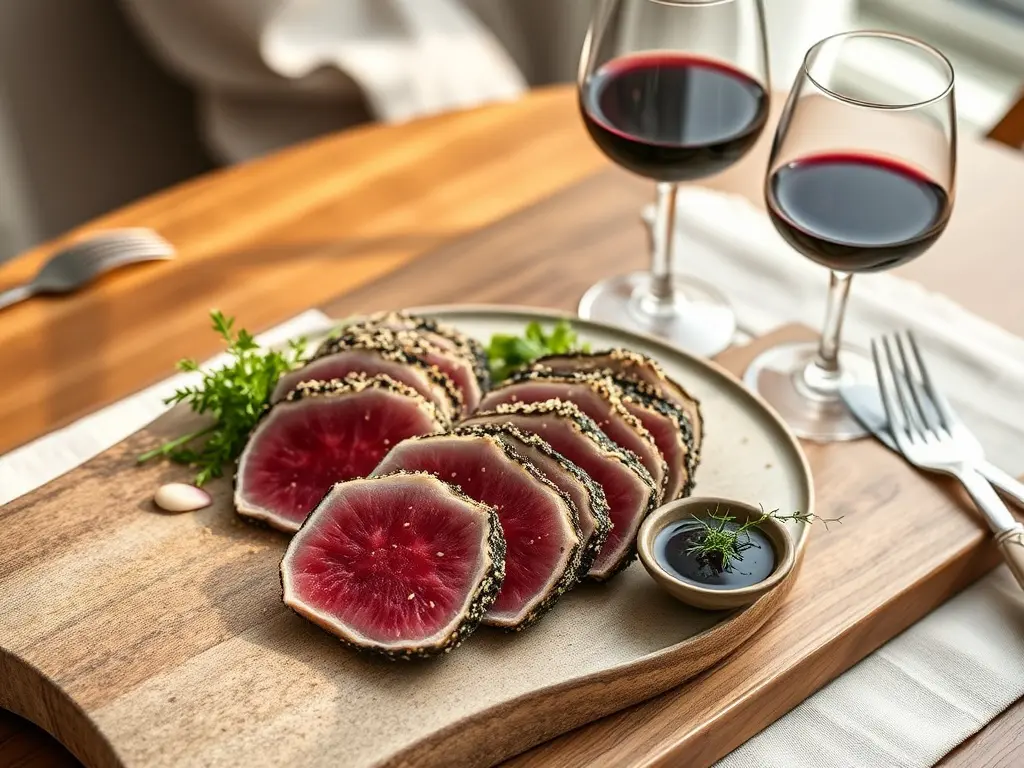
The beauty of this pairing lies in its simplicity and flexibility. Whether you’re planning a quick weeknight dinner or aiming to impress friends at your next gathering, Seared Ahi Tuna and Pinot Noir delivers restaurant-quality results with minimal effort. My friends constantly ask for this recipe because it feels fancy without requiring professional chef skills—just good ingredients and about 15 minutes of your time.
Why Seared Ahi Tuna and Pinot Noir Work Together
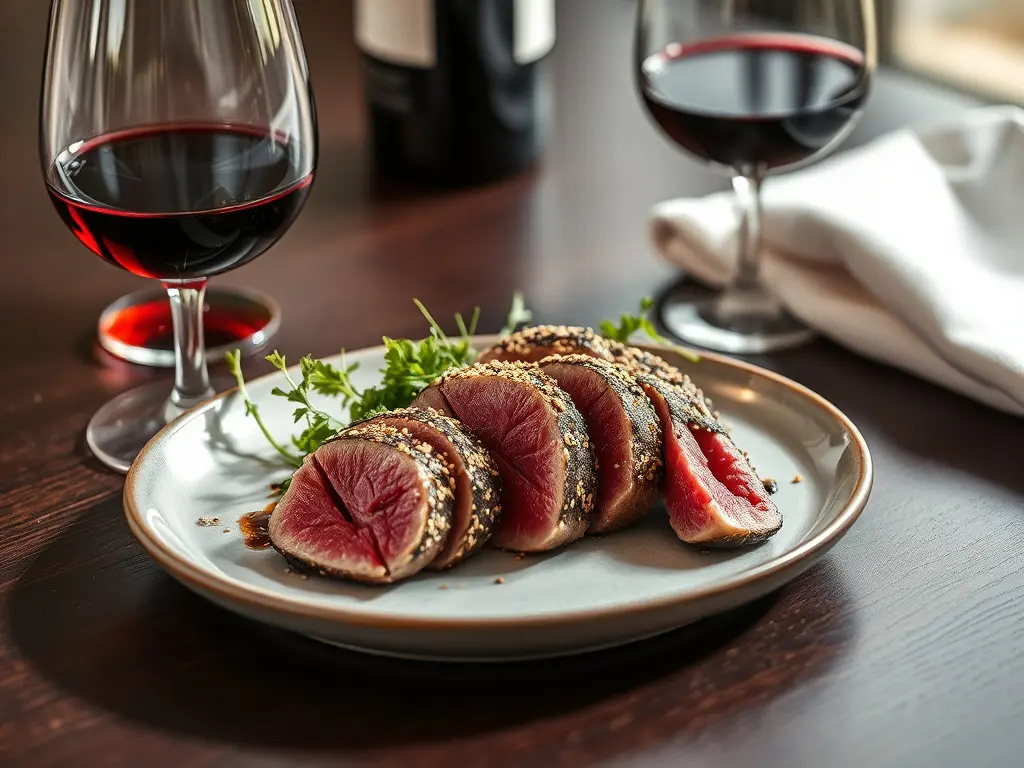
The secret behind why Seared Ahi Tuna and Pinot Noir work so harmoniously together comes down to complementary textures and flavors. Unlike delicate white fish, ahi tuna has that steak-like, meaty quality that can stand up to a light red wine. The quick sear creates a delicious caramelized exterior while maintaining that beautiful rare center—giving you contrasting textures that play wonderfully with Pinot’s silky mouthfeel.
“This is the kind of pairing that turns a Friday into something memorable.”
Let’s bust the myth right now: the old “white wine with fish” rule isn’t absolute. What matters more is matching the weight and intensity of both the food and wine. The fatty richness of ahi tuna, especially when coated with savory sesame seeds, creates an umami foundation that pairs beautifully with the earthiness found in many Pinot Noirs. The sesame crust adds that extra layer of nutty complexity that perfectly complements the wine’s cherry and mushroom notes.

When I first tried this combination at a wine tasting, it completely changed how I thought about food and wine pairing fundamentals. The interaction between the slight sweetness of the tuna and the bright acidity of the Pinot creates a balanced experience where neither overwhelms the other—they simply make each other better.
What Makes Pinot Noir the Right Choice

When considering what wine with ahi tuna, Pinot Noir emerges as the perfect partner for several key reasons. First, its naturally low tannin structure means it won’t overwhelm the delicate proteins in the fish or create that unpleasant metallic taste that can happen with more tannic reds. The bright acidity cuts through the richness of the tuna while complementing its natural flavors.
Pinot Noir brings a balanced acidity and tannin profile that refreshes your palate between bites. Its signature notes of red berries, cherries, mushrooms, and subtle spice create fascinating parallels with the flavors in sesame-crusted tuna, especially when accented with soy and a touch of citrus.

For the best experience, serve your Pinot Noir slightly chilled—around 55°F. This temperature helps highlight the wine’s fresh fruit character while tempering any alcohol heat, creating the most balanced drinking experience alongside your tuna.
Regional Pinot Styles to Try:
- Oregon Pinot Noir: Often features earthy, forest floor notes with cranberry and cherry fruit that stands up beautifully to sesame flavors
- Burgundy Pinot: The original benchmark—more restrained, mineral-driven, and savory, perfect for more delicate tuna preparations
- California Pinot: Typically shows riper fruit and fuller body, making it ideal if you’re adding bolder Asian-inspired seasonings
- New Zealand Pinot: Bright fruit with herbal undertones that complement cilantro or microgreens you might garnish with
My go-to is usually an Unshackled Pinot Noir from California’s Central Coast—it offers that perfect middle ground of fruit and earth that works with so many tuna preparations.
Easy Sesame Crusted Seared Ahi Tuna Recipe
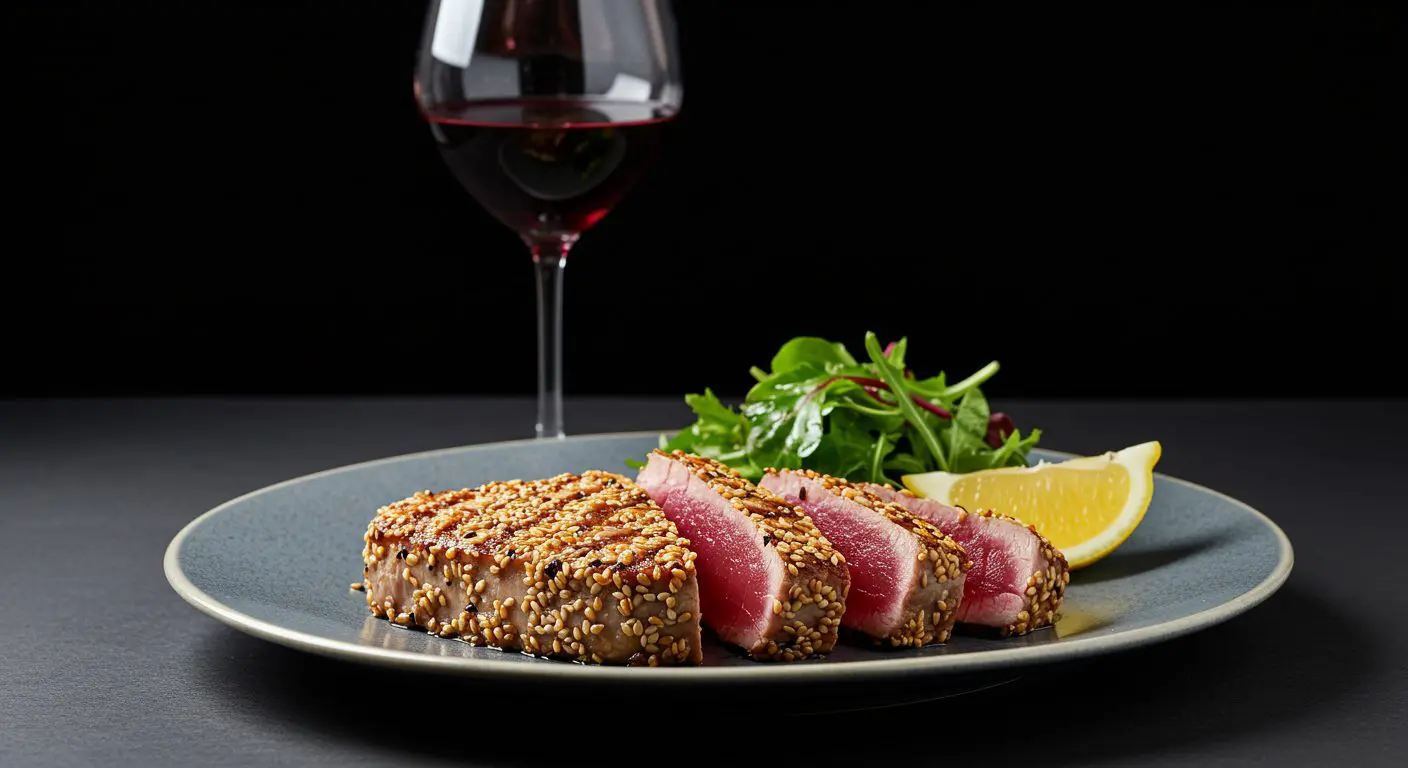
This sesame crusted tuna recipe has become my Friday night signature—ready in under 15 minutes but impressive enough for date night or when friends drop by. The key is getting high-quality, sushi-grade tuna from a reputable fishmonger. The freshness makes all the difference when you’re serving it with a beautiful glass of Pinot Noir.
Sesame Crusted Seared Ahi Tuna
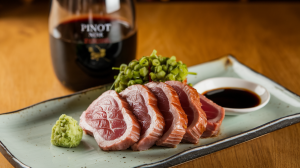
This sesame crusted seared ahi tuna recipe delivers restaurant-quality flavor at home in just 15 minutes. Perfectly seared and packed with umami, it’s ideal for Pinot Noir or Riesling.
Type: Main Course / Appetizer
Cuisine: Asian Inspired / Modern Fusion
Keywords: ahi tuna recipe, sesame crusted tuna, seared ahi tuna, sushi grade tuna, tuna steak recipe, seared tuna with sesame, fast seafood dinner, healthy tuna recipe, cast iron tuna steak, wine pairing with tuna
Recipe Yield: Servings: 2
Calories: ~350 (estimate)
Preparation Time: 10 minutes
Cooking Time: 2–4 minutes
Total Time: 15 minutes
Recipe Ingredients:
- 2 ahi tuna steaks (6–8 oz each, sushi-grade)
- ¼ cup soy sauce (low sodium preferred)
- 2 tbsp toasted sesame oil
- 1 tbsp rice vinegar or fresh lemon juice
- 2 tbsp black sesame seeds
- 2 tbsp white sesame seeds
- Salt and freshly cracked black pepper
- Optional: pinch of red pepper flakes or wasabi powder
Recipe Instructions: Make the marinade: Combine soy sauce, sesame oil, and rice vinegar in a shallow dish. Marinate tuna: Pat tuna dry and place in marinade for 5–10 minutes (no longer to avoid “cooking” the fish). Prepare crust: Mix black and white sesame seeds with a pinch of salt and pepper on a plate. Coat tuna: Remove tuna from marinade and press into sesame mix, coating all sides evenly. Sear: Heat skillet over high heat with a light drizzle of neutral oil. Cook: Sear tuna 45–60 seconds per side for rare, or up to 2 minutes per side for medium-rare. Rest & slice: Let rest 1 minute. Slice thinly against the grain. Serve immediately.
5
Pros
- Restaurant-quality dish in under 15 minutes
- High protein, low carb, and visually stunning
- Pairs well with Pinot Noir, Riesling, or chilled Sake
- Simple marinade packs bold flavor
Cons
- Requires sushi-grade tuna (can be pricey or hard to find)
- Must monitor heat closely to avoid overcooking
- Not suitable for guests who dislike rare or raw-style dishes
Ingredients:
- 2 ahi tuna steaks (6-8 oz each, sushi-grade)
- ¼ cup soy sauce (low sodium works best)
- 2 tbsp toasted sesame oil
- 1 tbsp rice vinegar or fresh lemon juice
- 2 tbsp black sesame seeds
- 2 tbsp white sesame seeds
- Salt and freshly cracked black pepper
- Optional: pinch of red pepper flakes or wasabi powder
Instructions:
- Prepare the marinade by mixing soy sauce, sesame oil, and rice vinegar in a shallow dish.
- Pat the tuna steaks dry and place them in the marinade for 5-10 minutes (not longer or the acid will start cooking the fish).
- Mix the black and white sesame seeds on a plate with a pinch of salt and pepper.
- Remove the tuna from the marinade and press firmly into the sesame mixture on all sides, creating an even crust.
- Heat a cast-iron skillet or heavy-bottomed pan over high heat until very hot. Add a light drizzle of neutral oil.
- Sear the tuna for 45-60 seconds per side for rare, or up to 2 minutes per side for medium-rare.
- Remove from heat and let rest for 1 minute before slicing thinly against the grain.
The inside should remain deep pink and raw in the center—this isn’t the time to cook fish all the way through! The textural contrast between the crunchy crust and the buttery interior is what makes this dish special and pairs so beautifully with the Pinot Noir.
Serve your perfectly seared tuna over mixed greens with a light citrus dressing, alongside soba noodles with a drizzle of the remaining marinade, or with simple jasmine rice and some quick-pickled vegetables for a full healthy dinner that pairs with red wine.
Flavor Pairing Table: Tuna vs. Pinot Noir
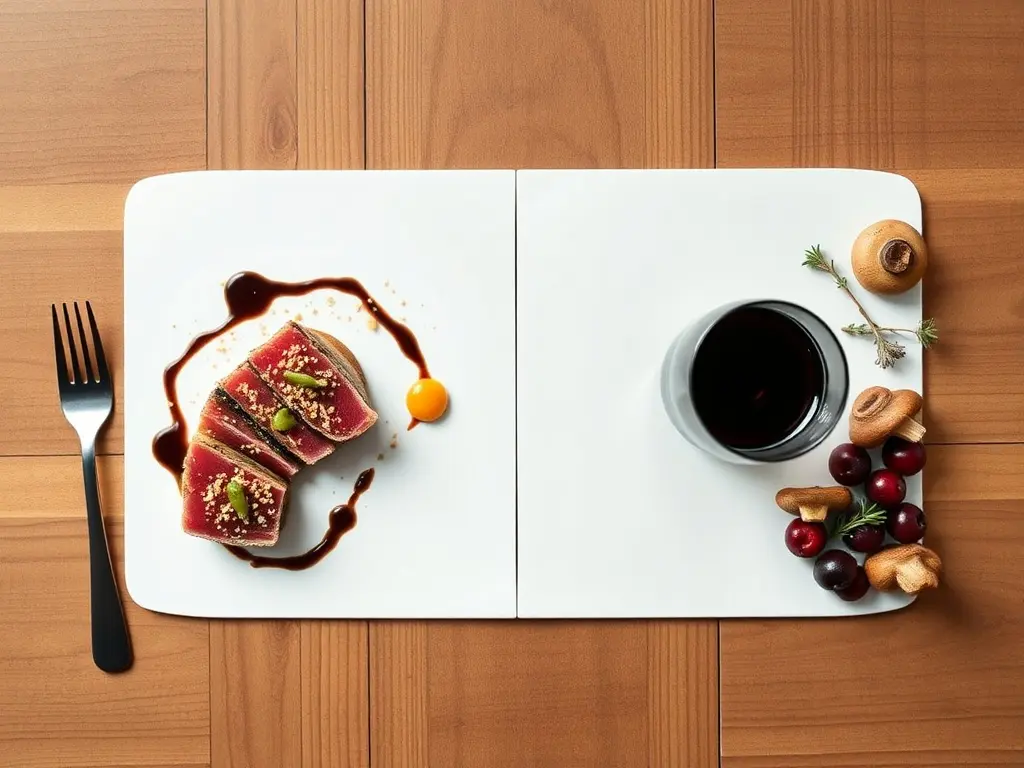
Understanding why Seared Ahi Tuna and Pinot Noir work together comes down to their complementary characteristics. This table breaks down the flavor components that make this pairing shine:
| Element | Seared Ahi Tuna | Pinot Noir |
|---|---|---|
| Texture | Meaty, buttery interior with crispy, crunchy crust | Smooth, silky mouthfeel with light, refined tannins |
| Flavor | Clean, mild fish flavor with nutty sesame and umami soy | Red cherry, raspberry, mushroom, subtle spice notes |
| Weight | Medium-bodied with clean finish | Light to medium-bodied, elegant |
| Salt/Umami | Soy marinade, sesame seeds, caramelized sear | Natural earthiness, balanced acidity, subtle oak |
| Temperature | Warm exterior, cool center | Slightly chilled (55-60°F) |
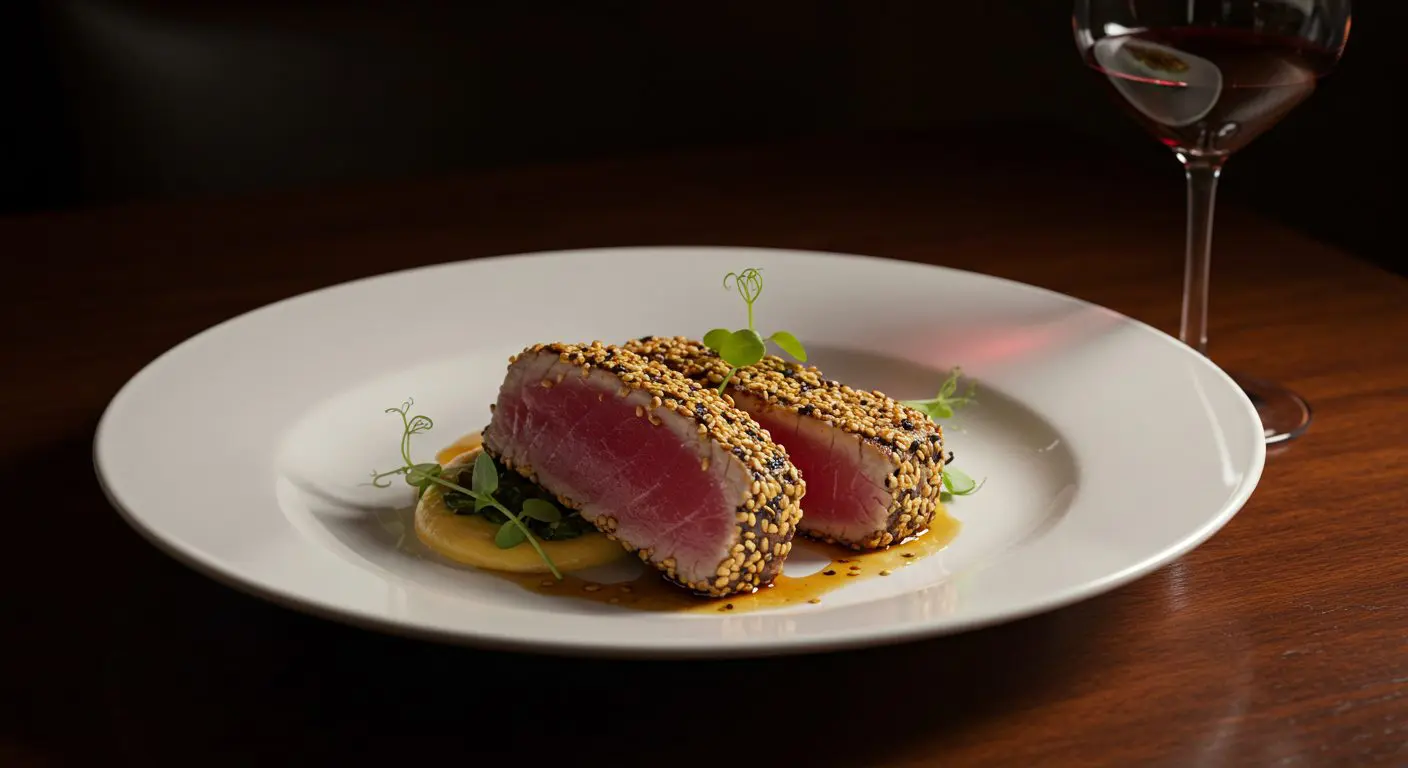
What’s fascinating about this pairing is how the textural elements complement each other. The crispy exterior of the tuna provides contrast to the smooth Pinot Noir, while the rare center has a similar silky quality to the wine. When the flavors interplay, the fruit notes in the Pinot brighten the fish’s natural sweetness, and the wine’s acidity refreshes your palate between bites.
The sesame seeds bring out the more earthy, forest-floor qualities found in many Pinot Noirs, especially those from Oregon or Burgundy. Meanwhile, the slight smokiness from the sear resonates with the subtle oak influence in some Pinot styles. It’s truly a case where the whole becomes greater than the sum of its parts.
How to Serve Them Together
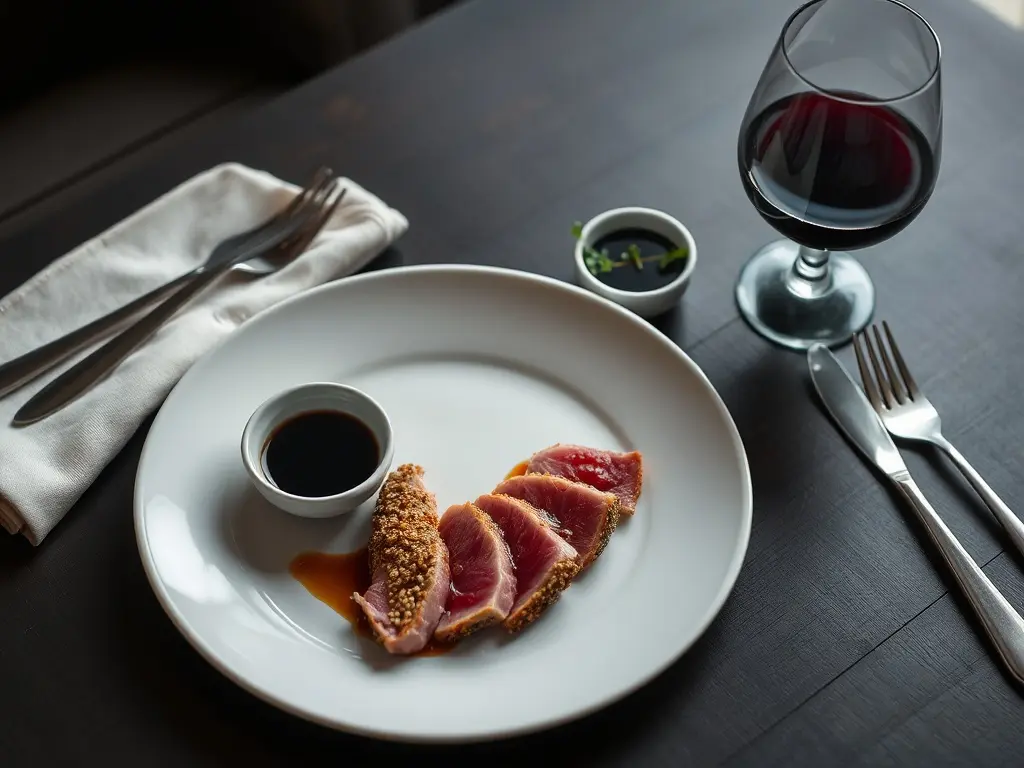
Presentation and temperature matter tremendously when serving Seared Ahi Tuna and Pinot Noir. For the most visually appealing and flavorful experience, slice your tuna thinly against the grain and fan it out in a circular pattern or straight line across a neutral-colored plate or wooden board. This shows off the beautiful contrast between the dark sesame crust and the vibrant pink center.
For the wine, use proper glassware—ideally Burgundy or Pinot-specific glasses with their wider bowls that help collect the delicate aromas. Serve your Pinot Noir slightly chilled at around 55-60°F, which means about 15-20 minutes in the refrigerator before opening. Too cold and you’ll lose the aromatics; too warm and the alcohol becomes more prominent.

Complete your plate with these complementary elements:
- A small pile of micro wasabi greens or baby arugula for pepper and color contrast
- Thinly sliced scallions or shaved radish for fresh crunch
- A small dish of reduced soy sauce with a drop of sesame oil and lime juice
- Quick-pickled ginger or cucumbers to cleanse the palate between bites
- A small mound of wakame seaweed salad for an ocean-forward complement
The goal is to create a dinner experience to enjoy with red wine where every element enhances but doesn’t overwhelm the tuna or the Pinot Noir. Simple, clean accompaniments that add texture and fresh notes work best with this pairing.
Recipe Variations Worth Trying
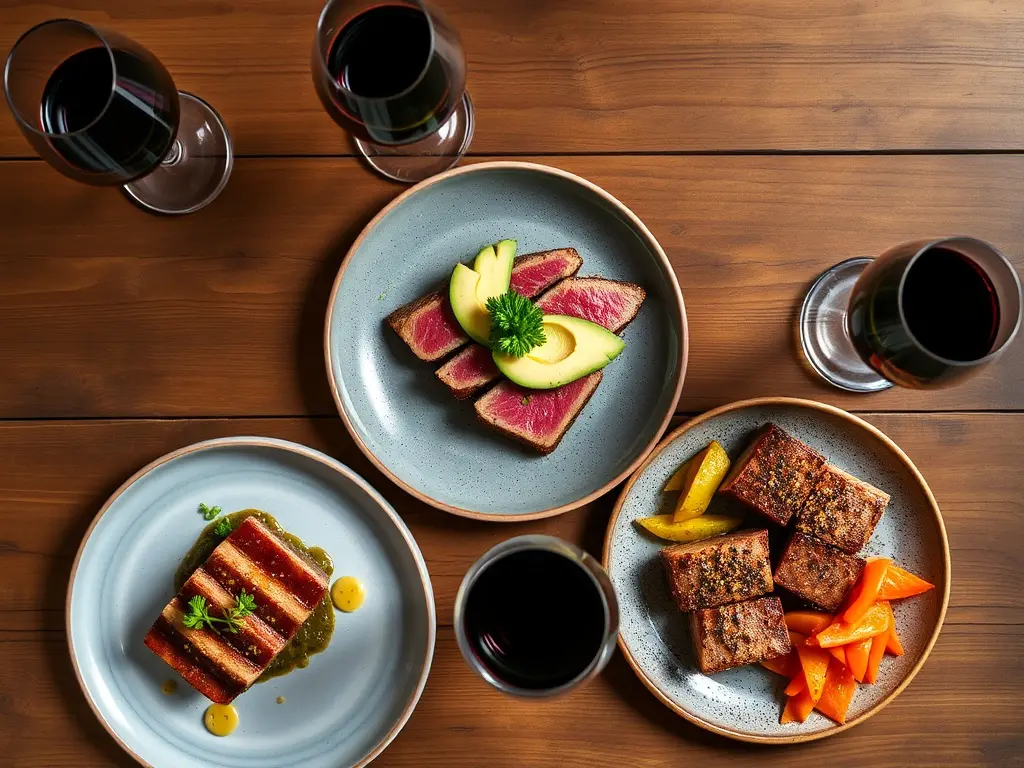
While the classic sesame-crusted tuna is fantastic with Pinot Noir, don’t be afraid to experiment with these Pinot-friendly variations that still maintain the perfect flavor balance:
Pepper-Crusted Tuna: Replace some or all sesame seeds with freshly cracked black pepper and a touch of ground coriander. This spicier version pairs wonderfully with fruitier California or New Zealand Pinot Noirs that have enough fruit to balance the heat.
Furikake Crust: Use Japanese furikake seasoning (a mix of sesame, seaweed, dried fish, and spices) instead of plain sesame seeds. This variation adds complex umami notes that really sing with earthier Pinot Noirs from Oregon or Burgundy.
Citrus-Soy Glaze: After searing, brush with a reduced glaze of soy sauce, mirin, orange juice, and a touch of honey. The citrus brightens the dish and highlights the red fruit notes in the Pinot while the glaze adds a beautiful shine.
Panko-Herb Crust: Mix panko breadcrumbs with finely chopped herbs (thyme, chives, parsley) and a touch of lemon zest for a European-inspired take. This works beautifully with more delicate, mineral-driven Pinot Noirs from cooler regions.

When experimenting with different crusts and flavors, remember to keep the core principles balanced—maintain that rare interior, get a good sear, and don’t overwhelm the tuna with too many competing flavors. The goal is to complement both the fish and the Pinot Noir, not to mask either.
Other Wine Suggestions for the Tuna
While Pinot Noir is my go-to match for Seared Ahi Tuna, there are several other wines that create equally compelling partnerships if you want to mix things up or don’t have Pinot on hand:

Gamay: This light-bodied red (the grape behind Beaujolais) offers juicy red fruit flavors, low tannins, and vibrant acidity that works beautifully with seared tuna. Look for Cru Beaujolais like Fleurie or Morgon for a slightly more serious take on this grape that still maintains its food-friendly nature.

Dry Rosé: A substantive Provence or Tavel rosé provides the freshness you might want from a white wine with just enough body and structure to complement the meatiness of the tuna. The subtle berry notes in rosé can highlight the sweetness of fresh tuna without overwhelming it.
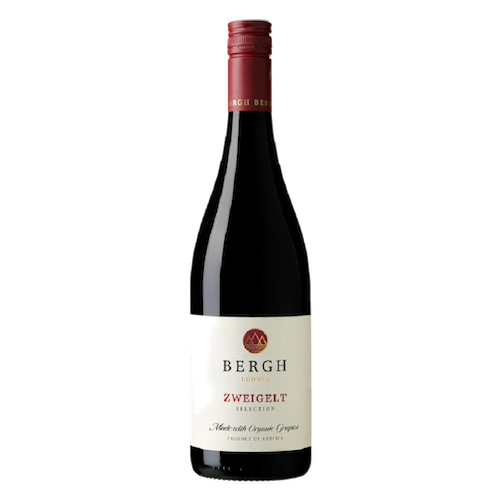
Austrian Zweigelt: This medium-bodied red has bright cherry notes, gentle tannins, and a peppery finish that works wonderfully with Asian-inspired tuna preparations. It’s less well-known but worth seeking out for its food-pairing versatility.

Dry Riesling: If you prefer white wine, look for a dry, mineral-driven Riesling from Alsace or Australia. The high acidity and complex flavor profile stands up to the richness of tuna while the subtle sweetness can complement soy and sesame beautifully.
For the most harmonious pairings, always match the weight of the wine to the preparation of the tuna—bolder seasonings can handle fuller-bodied wines, while more delicate preparations shine with lighter options.
When Red Wine with Fish Actually Works
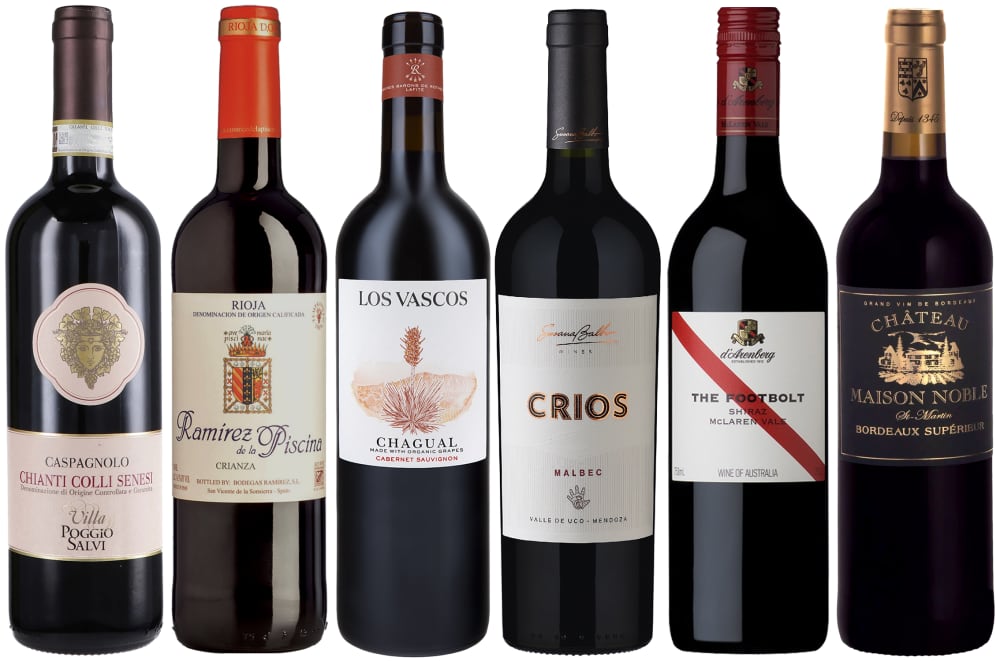
The old rule “white wine with fish, red wine with meat” deserves to be permanently retired. The Seared Ahi Tuna and Pinot Noir pairing demonstrates perfectly when red wine with fish not only works but truly shines. Understanding the principles behind successful red wine and fish pairings helps you break free from outdated constraints:
✅ When red wine works with fish:
- The fish is meaty and rich (tuna, salmon, swordfish, mackerel)
- The preparation includes caramelization (searing, grilling, roasting)
- Umami-rich ingredients are present (mushrooms, soy sauce, miso)
- The red wine has moderate to low tannins and good acidity
- The fish isn’t overwhelmingly “fishy” in flavor
🚫 When it typically doesn’t work:
- Delicate, flaky white fish (sole, cod, tilapia)
- Heavy cream or butter-based sauces
- High-tannin red wines (young Cabernet Sauvignon, Syrah)
- Very acidic tomato-based preparations
- Strong citrus components that overwhelm the wine
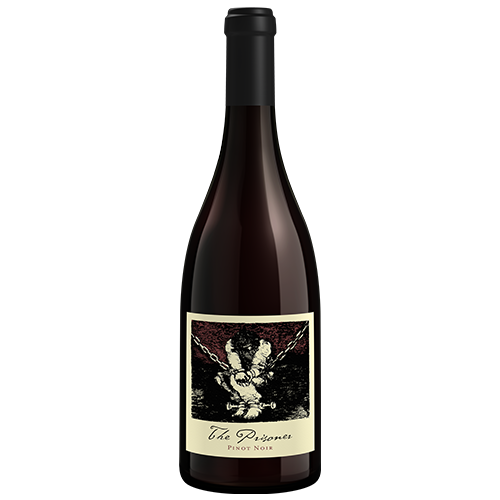
The reason why tannins often clash with fish comes down to chemistry—the compounds in tannic wines react with the fish oils to create metallic flavors. But low-tannin reds like Pinot Noir, Gamay, or Zweigelt avoid this issue completely. Meanwhile, the protein structure and fat content in meatier fish can stand up to the body of these lighter reds.
What matters most is matching weight, intensity, and preparation method rather than simply following color-coded rules. The next time someone insists fish only pairs with white wine, serve them Seared Ahi Tuna and Pinot Noir and watch their wine world expand!
Perfect Pinot and Tuna Pairings
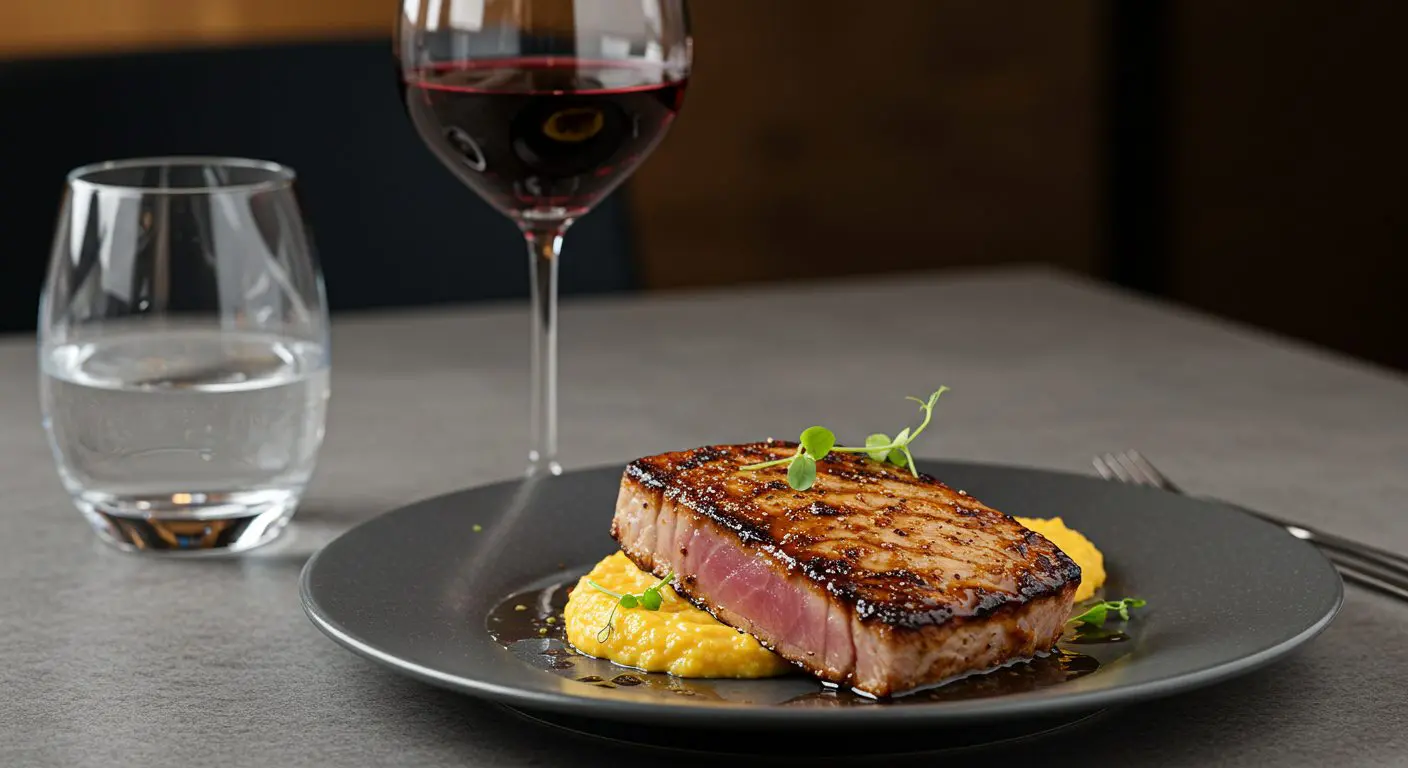
The Seared Ahi Tuna and Pinot Noir pairing offers incredible versatility for various occasions. This combination proves that sophisticated flavors don’t require complicated techniques. The contrast between the rare, buttery interior of quality tuna and its crisp, sesame-coated exterior creates a perfect canvas for Pinot Noir’s nuanced character.
What makes this pairing particularly special is its weeknight accessibility paired with special-occasion worthiness. You can prepare this entire meal in less than 20 minutes, yet it feels like something you’d order at a high-end restaurant. The wine’s bright acidity refreshes your palate between bites while its subtle earthiness grounds the experience.

Don’t forget to experiment with different Pinot Noir styles as your palate develops. An Oregon Pinot might bring forest floor notes that highlight the umami in the sesame seeds, while a fruity California Pinot could complement a spicier tuna preparation. The exploration is half the fun.
For more wonderful wine and food combinations that follow similar complementary principles, check out more food and wine pairing fundamentals that will transform your home dining experiences. Remember that the best pairings honor both the food and the wine, allowing each to shine while creating something greater together.
So next Friday, skip the takeout and uncork a bottle of Pinot Noir alongside this simple yet sophisticated sesame-crusted tuna. Your taste buds will thank you for the delicious rule-breaking experience!




